
Tobe! Hikkouki
As a performer, I am usually filled with dread when I arrive at a school to do a show and we are lead to the gymnasium. They are vast spaces not dissimilar to empty aeroplane hangers; too big for little shows and often over- filled with children. The poor performers often end up at one end of the gymnasium, over articulating and projecting to accommodate for the terrible acoustics, over acting to reach the children at the back. However, since arriving in Tokyo and seeing how Kazenoko play these spaces, I will approach them completely differently from now on.
While in Tokyo, I get to see a number of Kazenoko’s larger scale works for primary school children- and the first is titled Hans (A Japanese adaptation of a Hans Christian Anderson tale). There are about three hundred children in the audience but all have a perfect view because rather than stage the show at one end of the hall and have the children at the back miss out (as is so often the case in school performances in Australia) this production is to be performed in the round. The large round stage sits about half a meter above the ground and four catwalks shoot out, dividing the stage into quarters, to the edges of the auditorium, creating wings for the actors to make their entrances and exits from. “How long did it take them to set this up?” I whisper to Kumiko, conscious of the fact that a big part of the job of performing in schools is the ‘bump in’ and ‘bump out’ of the set. Kumiko tells me that they have been at the school since six o’clock this morning. The time is now eleven am. This is a hard working troupe.
The children are thoroughly engaged and at one stage, some of the children start cheering “Hans! Daijoubu da yo! Dekiru yo!” (“Hans you can do it! I’ll be alright!”). And the climax of the piece has the audience screaming with delight as a twelve -foot tall ghost (puppet) swings over the heads of the children, close enough for them to reach out and touch it!
My trip to Tokyo is also perfectly timed to see preview performances of Kazenoko’s latest large scale creation for primary schoolers, Osana Boshi no Utatta ne (Song of the Little Star) and a work that has been in repertoire for 20 years now, Tobe! Hikouki! (Fly! Aeroplane!). Both shows were in re-rehearsal in preperation for their up and coming tours to Hokkaido and both are designed to play to audiences of up to 700.
Osana Boshi no Utatta ne (Song of the Little Star) features a cast of eight and is possibly the most ambitious piece of theatre I have ever seen staged for children (sans lighting and multi media). However, director Ken Nakajima, working with his actors, a brilliant composer and oodles of imagination, has skilfully adapted this tale from a children’s book for the stage. Full of images and characters that are indeed, out of this world, it tells the story of a sleepy little boy who loses his mum and dad and travels to a distant planet to rescue them. Full of flight and fantasy, like Hans, this work is designed for large audiences in large spaces and features a revolving stage (which is turned by the actors themselves- no machinery) masks and a giant puppet (created out of poles and swathes of material).
Tobe! Hokouki! (Fly Aeroplane!) utilises the stage of the school gymnasium and features the addition of a long catwalk like stage, not unlike those seen in Kabouki. The actors move about on top on the stage and underneath it, popping out of man- holes unexpectedly to create great excitement amongst the audience.
I believe that theatre companies in Australia can learn from the Japanese in-schools touring model. This is not to say that there is not still a place for smaller, more intimate shows that can tour to Kindergartens and Pre-schools. However, when it comes to primary schools and high schools, we should be more imaginative in our staging and spend a little more time in the bump in and bump out so that the show can be enjoyed by a larger audience. I need to stress at this point that this does not mean larger casts, but it might give the theatre companies a little more freedom to start employing casts of up to four again, instead of the current restriction of one or two.
Inturn we can create a more efficient touring model, in which the tours are shorter, the audiences are larger and inturn more revenue is generated. This model makes a lot of sense particularly in a country like Australia, where we sometimes travel days to get to the next town.
However, audiences don’t magically appear and this is where we can also learn from Japan. Theatre Companies in Japan offer their work to schools on a one off buy in basis. For example, for a three person show the cost is approximately $2200 Australian Dollars. It is then up to the school to gather the students together to make the ticket price as cheap as possible. Inturn, schools work together and with the wider community to attract an audience.
The current in schools touring system in Australia relies heavily on subsidy and charges schools per student (the current cost for a show in Queensland is $6). This has inturn created a culture of complacency amongst school teachers in Australia who might book a show visit their school but it will only be shown to the grade nines because they are the only ones studying that unit at the time. So shows travel long distances to perform to one hundred kids in a school that has a potential audience of 700.
Funding for the Arts is particularly needed in a country like Australia because our population is so small. However, we can learn a lot from Japan, whose Arts Organisations receive less government funding than ours and many are forced to survive soley on ticket sales (Interview with Yukinori Ohno, Vice President, Assitej Japan Centre, 26. 08. 09).
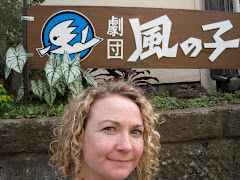

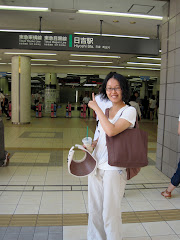
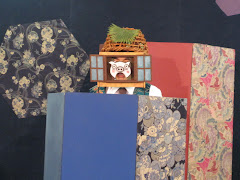

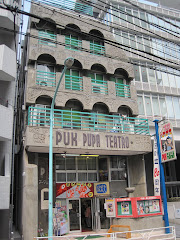
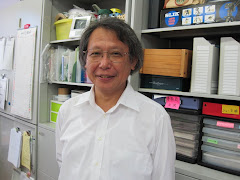
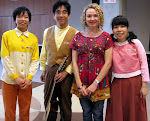
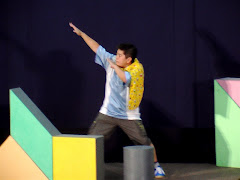



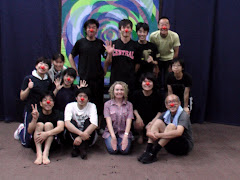


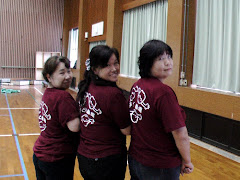
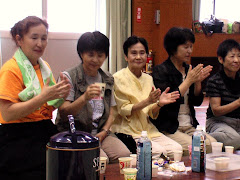
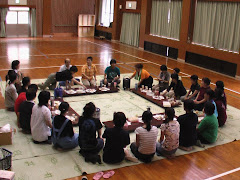
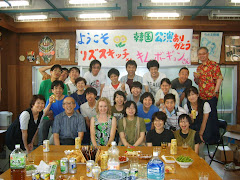
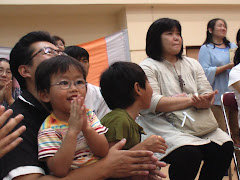
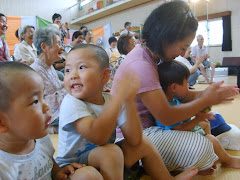
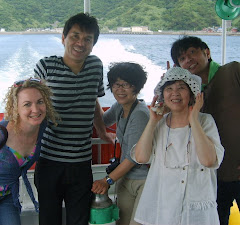
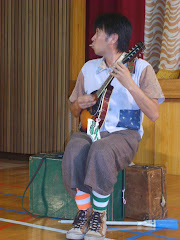
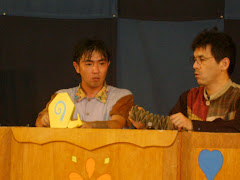

No comments:
Post a Comment